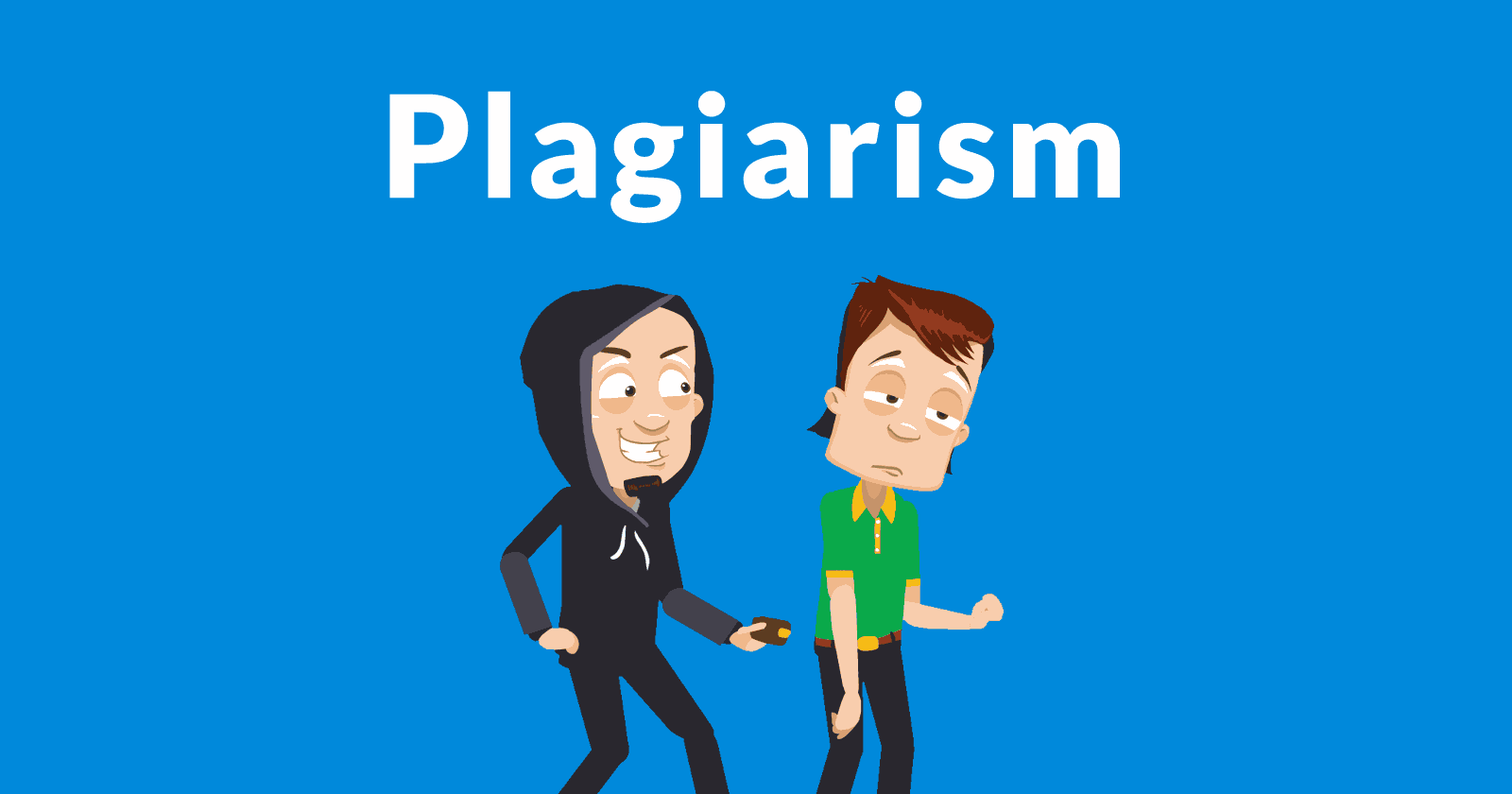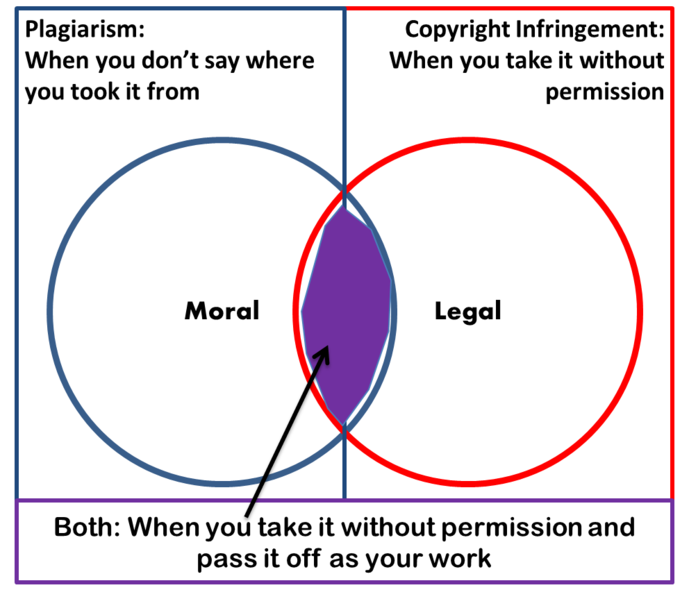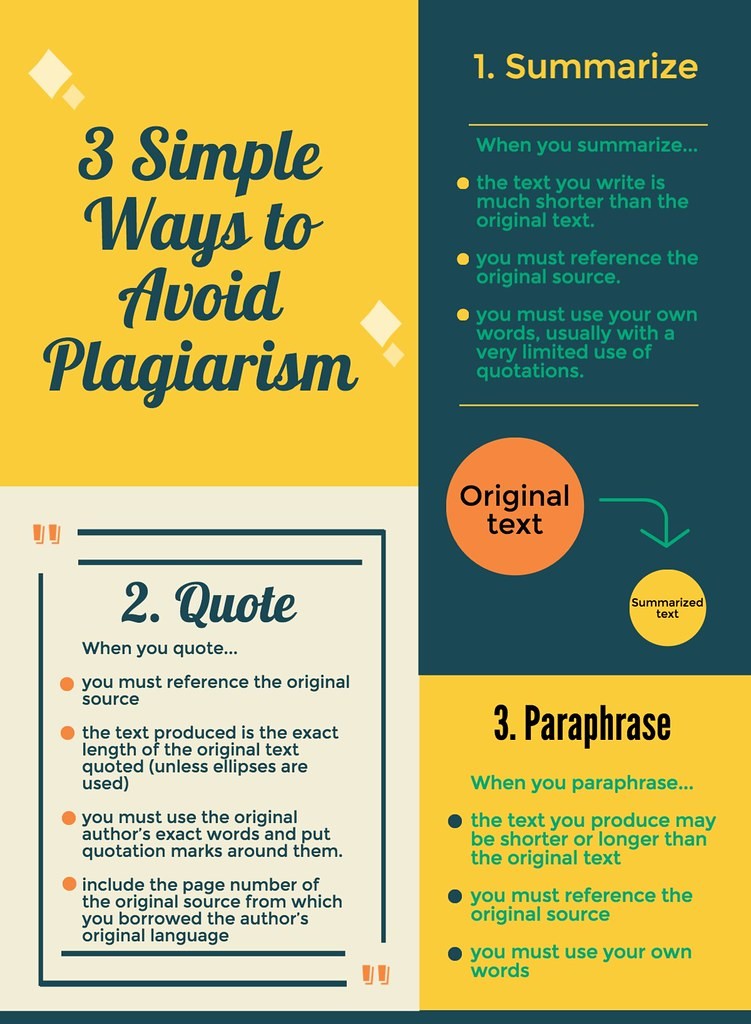Semalt: Effects Of Plagiarism On SEO Content And How To Avoid It

If content is king, copied content is a curse.
It's a menace that many of us experience throughout our marketing lives. Blame it on the huge volume of content being produced every day and published to the web. Or on spammers who build tools and websites around plagiarized content. Whatever may be the reason, copied content is a big problem in digital marketing today.
Plagiarism in SEO can invite copyright troubles, but it only comes second to the idea of your website getting penalized by search engines. In most cases, it would be someone else who is copying your content but the consequences are felt on your website through a drop in SERP rankings. It's not fair and it needs to be corrected.
Semalt brings you a starter guide on understanding plagiarism in SEO and some great ways to avoid it. Through our full-stack services - AutoSEO and FullSEO - we have helped thousands of businesses maintain the authenticity of their content output. We will be discussing some of our tactics in this article. Read on.
What is Plagiarism in Web Content?
Plagiarism, in its most basic sense, means borrowing entire blocks of content from another website or source without their permission and publishing them as your own. For example, when a real estate website based in Toronto, Canada uses some sentences published on a website owned by an American realty company and publishes them as part of its own article, it can amount to copied content.
This becomes a problem because now there are two versions of the same content, which leads to two critical things from an SEO perspective:
- Poor user experience
- Duplicate content is cached by search engine spiders
These are the two main reasons why search engines hate copied content. Not because they have to cache similar types of content, but because it affects user experience. Two similar webpages ranking one above other on SERPs is not a good experience for a user. Helping a user find the exact information that they are looking for is the top priority for search engines, and copied content can hinder that experience.

Figure 1 - Plagiarism in a nutshell. Image Credit: Wikipedia
Plagiarism is also a civil offense in most parts of the world. More relevant in the publishing and doctorate fields, it can lead to copyright infringement and litigation involving intellectual rights. In the US, for example, copyright issues are serious and if you find yourself in the middle of a legal case, the consequences can be very serious.
The same cannot be said about SEO. But copied content is still not recommended as it reduces your chances of gaining that coveted top position on SERPs. At Semalt, we have seen countless instances of copied content on websites that are borrowed from our clients' websites. We have actively tried to mitigate them with a lot of success. Most of it comes down to creating unique content that will be valuable to your target audience.
But before we understand how to solve the issue of duplicate content, let's first take a deeper look at how it affects SEO.
Effects of Plagiarism in Your Website's SEO
Many marketers believe that even small texts of copied content can harm them on organic search. That is not true as specified by search engines like Google. Search engines will penalize you only if they find that the reason for publishing copied content is deceptive or with the intention of spamming. We know it's hard to believe but there are millions of websites that do this kind of spamming just to act as fraudulent platforms to siphon money out of unsuspecting internet users. This makes it important to know how plagiarism affects SEO.
For starters, search engines focus on ranking the best content on top. This naturally means that content that is highly relevant to the query (along with several other factors) will be ranked on the top. When you publish an article on your blog, you focus on a set of keywords and build the content around them. This relevance, along with other factors like domain authority, link profile, and social signals, is very important.
But what if some part of this article was borrowed from an old article that is already in a search engine's index? It gives it less importance, eventually affecting its consideration for ranking. This is the biggest consequence of using plagiarized content on your website. Other effects include:
- Unfavorable rankings on the SERPs
- Sitewide duplication can reduce the trust and authority of the domain
- Poor visibility across the web
Copied content can be in many forms, so it is best to weed out all of them from your website to stay safe. Here are some of the most common types of content that are considered suspicious by search engines.
- Thin content (just a few sentences per page)
- Auto-generated content
- Scraped content (from other websites)
- Repetitive content (from social profiles, etc.)
- User-generated spam content
All of these can influence your website's authority and affect the trust that search engines have on it. While taking care of duplicate content is straightforward - you stick to unique content production - there are some recommended methods to follow. These will help you stay one step ahead of your competition when it comes to content duplication.
How to Correct Duplicate Content Issue?
At Semalt, we have hundreds of satisfied customers for whom we do extensive SEO. Through our flagship offerings - AutoSEO and FullSEO - we are able to rank our clients' websites on the first page of search engines like Google, Bing, and Yandex.
One of the critical aspects of our offerings is content creation and management. We dot all the i's and cross all the q's to ensure that each and every sentence published on your website is 100% unique. We use professional tools like Copyscape and several in-house methods to weed out duplication issues if they already exist on our clients' side before they came to us.

Figure 2 - Some good advice to avoid plagiarism. Image Credit: Harris Xiong via Flickr
Here are some of the most effective ways to deal with plagiarism, with examples.
Canonicalization
This is one of the easiest ways to prevent the issue of duplication content. If you have more than one website, adding canonical and HREFLANG tags can help. These will signal the search engines to use the right version for that market/geography.
Using top-level domains is also recommended. For example, use '.com' for your international website and use country-level domains (such as '.in' for India and '.gr' for Greece) for different geographies. This makes search engines' job easier and you eventually enjoy better rankings.
Avoid Repetitive Content
Are you in the insurance sector? Then we understand that you may need to specify boilerplate disclaimer texts across your content pieces. A better way to do this is to create a separate page for disclaimers. This way you can only mention a line or two across your pieces with a link to that page. This is also recommended by Google.
Avoid Similar Content
If you have only one product and want to mention it across your pieces, consider paraphrasing. Saying the same thing using the same lines can cause duplication issues. Try paraphrasing and play with words to say the same thing differently.
File a DMCA Request
This is usually the last resort where you seek help from the Digital Millennium Copyright Act (US). Provide them with all the details about possible duplication and it will act against the website that is copying content from you. Do note that this method is effective only if you are not able to remove copied content from another website.
In addition to these, here are a few more ways in which you can tackle plagiarism:
- Use 301 redirection
- Use consistent URL design
- Syndicate only unique content
- Remove empty or 404 pages
In Conclusion
In most cases, copied content is harmless if you are not the one who is doing it. The goal is to hire good writers and create unique, useful, and high-quality content. And this is not just restricted to websites. You should focus on building unique content across platforms, which will not only prevent you from getting into duplication trouble but also help you maintain your brand's reputation.
When you use Semalt's services, you don't have to worry about duplication. All our premium SEO packages come with 100% unique content generation, which lets you focus on more important things like chasing sales and engaging with your customers. For everything else in the world of SEO, you have Semalt. Read some of our client testimonials and get in touch with us today.